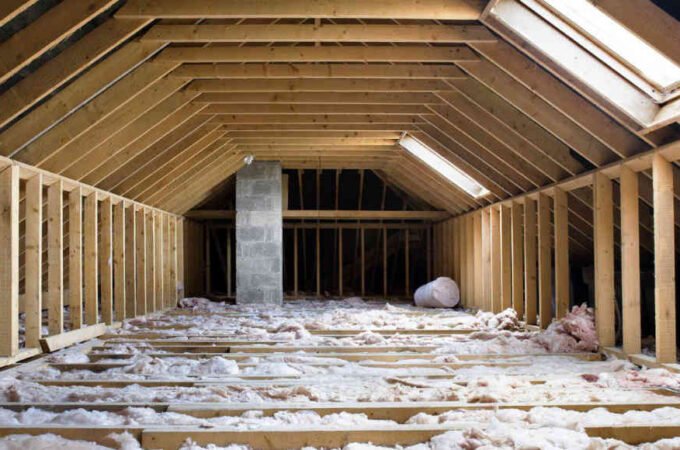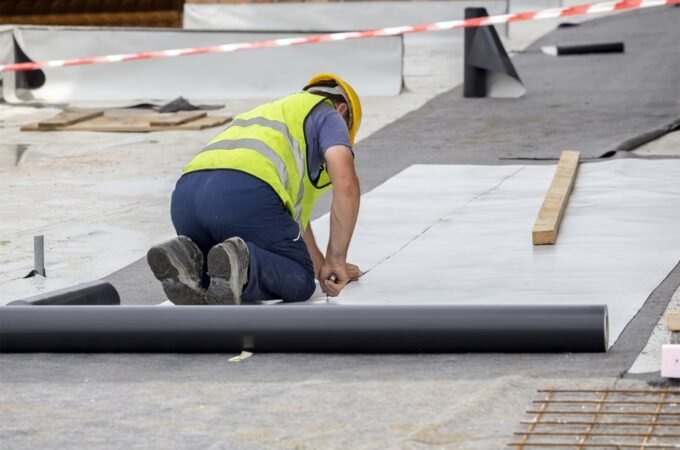
Venting Requirements for Gas Stoves
The UK Government recommends that all household gas cooking and heating stoves like the at Stoves4life should be vented to the outdoors, even if local building codes allow gas stove installations without exterior venting. The EPA says cooking releases greasy vapours, smoke, odours, excess moisture and combustion by products that can create indoor air quality problems unless they are vented to the outdoors. The most popular venting option is a range hood.
Air Capacity
The typical 30-inch, four-burner household gas cooking stove puts out roughly 40,000 British thermal units of energy when all burners are on. Generally I recommend that a vent hood should exhaust 100 cubic feet of air per minute for each 10,000 Btu of stove energy. That means a vent hood for a typical kitchen stove should exhaust about 400 cubit feet of air per minute. Most kitchen ranges made in recent years have labelling stating the Btu output per burner. If your stove puts out more or less than the average Btu, let your stove’s actual rating be your venting capacity guide.
Wall Units
Range hoods come in several different styles to accommodate different kitchen layouts. An under-cabinet mount is fixed to the bottom of an above-stove cabinet, with ducting either directly out the back through the exterior wall or up through the cabinets to reach an exterior wall. This type typically has an internal blower. Wall-mounted hoods are attached directly to the wall with ducting either out the back, straight up or up and out. This type may have an internal blower or a blower at the exterior end of the duct.
Other Styles
A ceiling-mounted hood hangs over a cooktop in an island or peninsula, with ducting going straight up then out to an exterior blower in the wall. An alternative arrangement for cooktops in islands and peninsulas is a downdraft ventilator that sucks cooking fumes downward through the floor into the basement and out. These units may have their inlets alongside or behind the stove. Downdraft vents may have their blower in the cabinet beneath the cooktop or down in the basement.
Installation
A range hood should be installed between 24 inches and 30 inches above your stove top. If you go to 30 inches, you may have to install a more powerful blower. Wall or cabinet-mounted hoods should be around 24 inches deep. Ducting should be at least 6 inches in diameter if round or 3.25 x 10 inches if rectangular. If you have no way to vent your range hood to the outside, you can use a ductless hood. These above-the-stove units have an internal blower that draws cooking fumes through filters that trap grease and odors and returns the cleaned air to the kitchen. Depending on how much cooking you do, you may need to replace the filters every two to six months.





